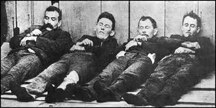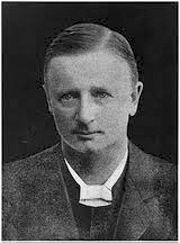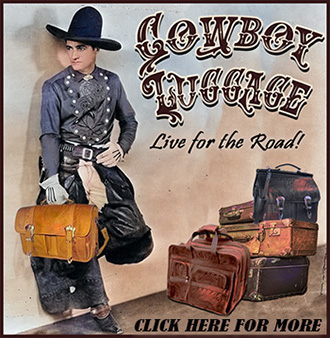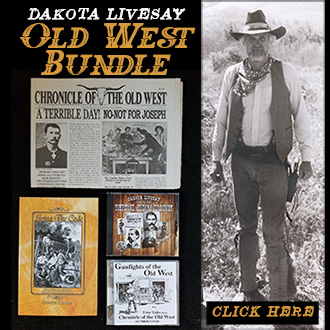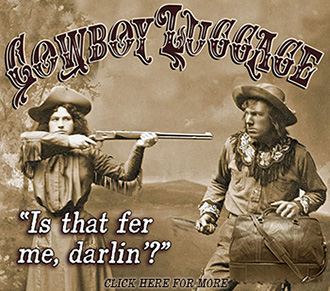Anyone who has visited the coast of Northern California has marveled over the giant redwood trees called Sequoias. Have you ever w ondered where their name came from?
ondered where their name came from?
It comes from the name of a Cherokee Indian born in 1760 in Tennessee. As a young man he was a metal craftsman, making silver jewelry. While fighting on the American side in the War of 1812, he became intrigued with what he called “talking leaves,” or words on paper. Although Sequohah had no formal education, he comprehended the basic nature of the symbolic representation of sounds.
In 1809 he began working on a Cherokee written language. At first he tried picture symbols, but found them impractical. Looking at English, Greek and Hebrew, he developed 86 characters that would express the various sounds in the Cherokee language. It was so simple that it could be mastered in less than a week.
In 1821 he submitted his new written language to the Cherokee leaders. As a demonstration Sequohah wrote a message to his six-year-old daughter. She read the message and responded in kind. The tribal council immediately adopted the system.
The Cherokee were divided into two groups, Sequohah’s in Georgia and Tennessee, and the western Cherokee in Oklahoma. In 1822 Sequohah went to Oklahoma, and taught the alphabet to the Cherokee there.
Finally, on February 21, 1828 a printing press with Cherokee type was developed. Within months, the first Indian language newspaper appeared, called the Cherokee Phoenix.
While in Mexico teaching the Cherokee language, he became ill with dysentery, and died. Although the spelling is a bit different, the giant Sequoias stand as monuments to the man who developed the Cherokee alphabet.


